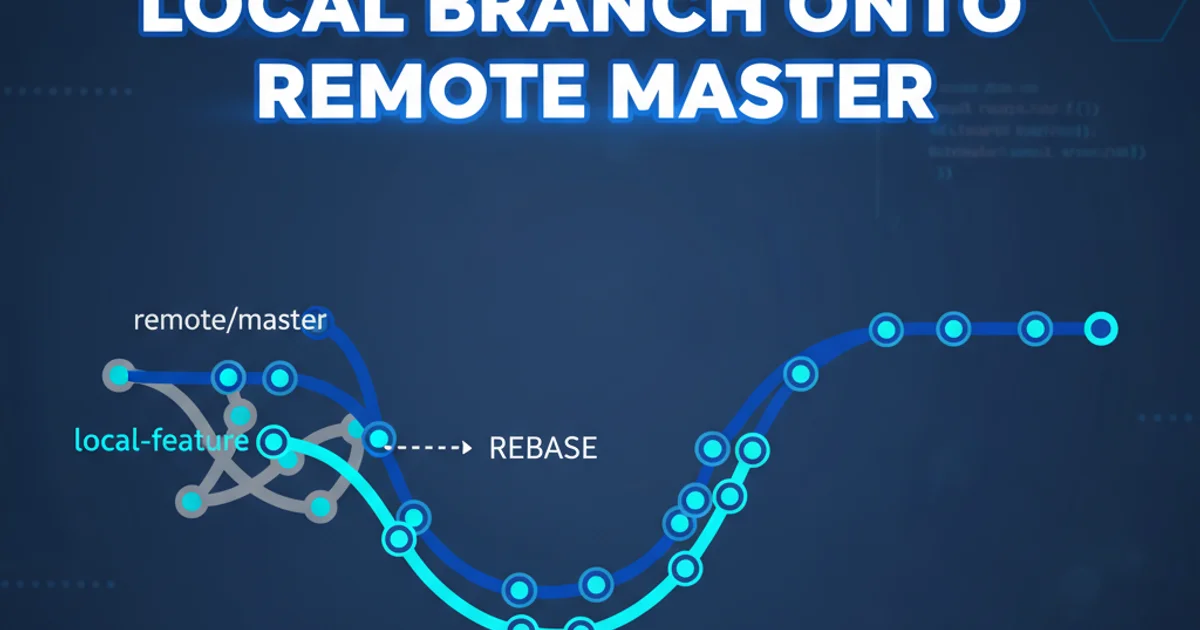How good is Dotfuscator Community Edition? What is "good enough obfuscator"?
Categories:
Evaluating Dotfuscator Community Edition: Is 'Good Enough' Obfuscation Sufficient?

Explore the capabilities of Dotfuscator Community Edition for .NET applications, understand what constitutes 'good enough' obfuscation, and assess its effectiveness against piracy and reverse engineering.
In the realm of software development, especially for proprietary applications, protecting intellectual property is paramount. For .NET developers, obfuscation tools like Dotfuscator offer a layer of defense against reverse engineering and piracy. This article delves into the effectiveness of Dotfuscator Community Edition, examining its features, limitations, and whether it provides a 'good enough' level of protection for typical use cases.
Understanding Obfuscation and Its Purpose
Obfuscation is the process of intentionally creating source or machine code that is difficult for humans to understand. While it doesn't prevent reverse engineering entirely, it significantly increases the time and effort required, making it less attractive for potential attackers. The primary goals of obfuscation include:
- Intellectual Property Protection: Making it harder to understand proprietary algorithms and business logic.
- Piracy Deterrence: Increasing the difficulty of cracking software licenses or removing DRM.
- Tamper Detection/Prevention: Making it harder to modify compiled assemblies without detection.
Dotfuscator achieves this through various techniques, including renaming, control flow obfuscation, string encryption, and removal of non-essential metadata.
flowchart TD
A[Original .NET Assembly] --> B{Obfuscation Process}
B --> C[Renaming (Classes, Methods, Fields)]
B --> D[Control Flow Obfuscation]
B --> E[String Encryption]
B --> F[Metadata Removal]
C & D & E & F --> G[Obfuscated .NET Assembly]
G --> H{Reverse Engineering Attempt}
H --> I["Increased Difficulty & Time"]
I --> J["Deters Casual Attackers"]
J --> K["Protects IP & Deters Piracy"]
B --"Optional: Watermarking"--> GSimplified Obfuscation Process Flow with Dotfuscator
Dotfuscator Community Edition: Features and Limitations
Dotfuscator Community Edition (CE) is often bundled with Visual Studio, providing an accessible entry point into code protection. It offers a subset of features found in the commercial editions. Key features typically include:
- Renaming: Changes names of types, methods, and fields to meaningless identifiers (e.g.,
a,b,c). - Control Flow Obfuscation: Modifies the program's execution path to make it harder to follow.
- String Encryption: Encrypts literal strings in the code, preventing easy discovery of sensitive data.
- Removal of Debugging Information: Strips out unnecessary metadata that aids reverse engineering.
However, it's crucial to understand its limitations:
- Limited Advanced Features: Lacks advanced features like tamper detection, anti-debugging, anti-tampering, and more aggressive obfuscation techniques found in commercial versions.
- Predictable Obfuscation: The techniques used in CE can sometimes be more predictable, making them easier for experienced reverse engineers to de-obfuscate.
- No Runtime Protection: Primarily a compile-time obfuscator; it doesn't offer runtime protection against memory analysis or dynamic attacks.
For many small to medium-sized projects, or as a first line of defense, Dotfuscator CE can be 'good enough'. It raises the bar for casual attackers and those without specialized tools or extensive experience in reverse engineering.
What Constitutes a 'Good Enough' Obfuscator?
The definition of 'good enough' is highly contextual and depends on several factors:
- Value of the IP: How critical is the intellectual property being protected? High-value algorithms or trade secrets might warrant stronger protection.
- Target Audience/Attackers: Are you trying to deter casual users, hobbyist crackers, or well-funded, determined adversaries?
- Cost vs. Benefit: The cost (both monetary and performance overhead) of advanced obfuscation must be weighed against the potential losses from piracy or IP theft.
- Performance Impact: Aggressive obfuscation can sometimes introduce performance overhead. 'Good enough' means finding a balance.
For many developers, especially those creating niche applications or internal tools, Dotfuscator CE's ability to rename symbols and scramble control flow is often sufficient to deter the majority of casual reverse engineering attempts. It makes the code significantly less readable, forcing an attacker to spend considerable time and effort to understand it. This increased friction alone can be a powerful deterrent.
public class MySecretAlgorithm
{
private string _encryptionKey = "SuperSecretKey123";
public string EncryptData(string data)
{
// Complex encryption logic here
return "Encrypted_" + data + _encryptionKey;
}
public void ProcessSensitiveInfo(object info)
{
// Business logic
}
}
Example of C# code before obfuscation. Dotfuscator would rename MySecretAlgorithm, _encryptionKey, EncryptData, and ProcessSensitiveInfo to unreadable names.
In conclusion, Dotfuscator Community Edition serves as a valuable tool for basic code protection in .NET applications. While it doesn't offer the comprehensive security of its commercial counterparts or specialized anti-tampering solutions, it provides a 'good enough' level of obfuscation for many scenarios by significantly increasing the barrier to entry for reverse engineering. For developers looking for an initial layer of defense against casual piracy and IP theft, it's a highly accessible and effective option.